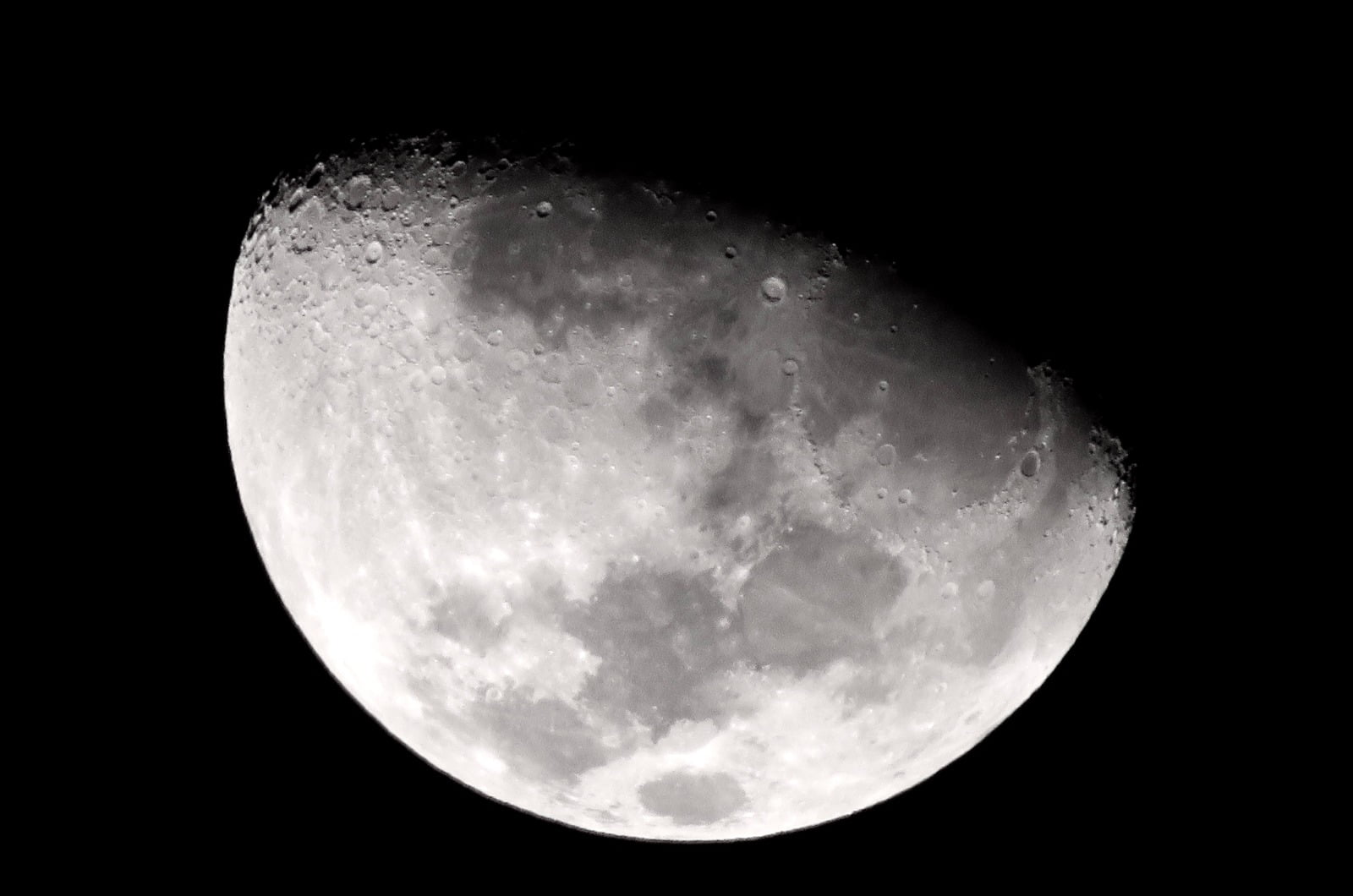Chandrayaan-3, the latest chapter in India’s lunar aspirations, has etched its success story with a resounding landing on the moon’s surface. This achievement, following a setback in 2019, has established India as the fourth nation worldwide to achieve a soft lunar landing. Distinctly, India now holds the pioneering distinction of being the first to master the lunar south pole landing—a milestone that unlocks a trove of unexplored insights into lunar dynamics and a pathway for future space odysseys.
ISRO chairman S. Somanath echoed the sentiment of a collective achievement, acknowledging the tireless efforts of scientists, engineers, and support teams across various institutions. In contrast, Russia’s recent lunar endeavor ended in a crash, underscoring the meticulous execution of India’s Chandrayaan-3 mission.
Launched on July 14 from the Satish Dhawan Space Centre, Chandrayaan-3 embodies a budget-conscious approach, integrating a propulsion module, lander, and rover, all equipped with seven scientific instruments. The mission charts new territory, demonstrating safe landing techniques, scientific inquiry, and surface exploration.
Lessons from the past have been instrumental in Chandrayaan-3’s triumph, as the lander incorporates advanced sensors, software, and propulsion systems to ensure a successful landing. The mission promises a bounty of scientific discoveries, from seismic activity to plasma dynamics and thermal characteristics.
Against the backdrop of the impending U.S. Artemis III mission, slated for a 2025 launch, India’s success holds significant value, offering essential insights into the lunar terrain before human footsteps tread its surface.


